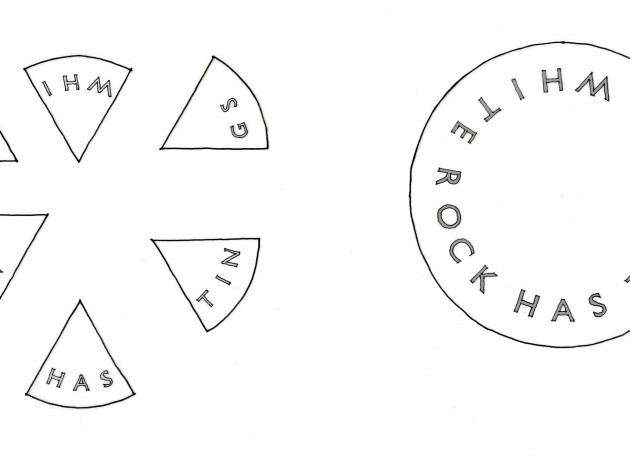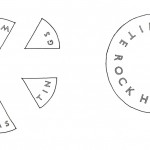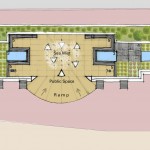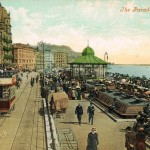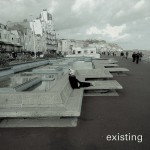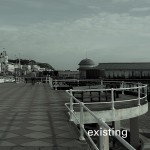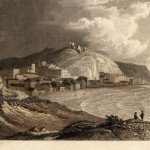white rock fountains public realm work, hastings
The brief for the project is to undertake public realm improvements to the White Rock Fountain, re-establish this area of the seafront as a key destination and complement the existing adjacent assets, including the pier, Bottle Alley and The Source Park and provide a water feature as focal point to this section of the seafront.
The objective to create a destination, focus for meeting, and sense of place between the Pier and The Source Park has been extended to ‘’Sign Post’’ the White Rock area as a destination. The new concept refers to the origins of the name White Rock and symbolises its history.
Site History
The name White Rock originally referred to the headland which existed between Hastings town to the east and St Leonards to the west. The headland prevented the passage along the sea front at high tide and visitors had to detour via Cuckoo Hill to reach Hastings. This was particularly embarrassing during the visit of Princess Victoria in 1834 when she could not reach Hastings along because of the high tide.
The people of Hastings realised the headland was restricting trade and the prosperity of the Town. The decision was made through public subscription to blow-up the rock with the debris reported to be removed piece by piece by the public. The headland removed, the town developed westward but the area retained its historic White Rock nomenclature.
Design Proposal
The final design has built on both the ‘’Sea Mist’’ concept and the historic narrative. The central area of the fountain will be made accessible from the south via a ramped surface. The plaza which is formed will be surfaced in solid paving with a central feature of a group of fragmented white rocks. Water misters flush with the surface of the paving will create a ‘’sea mist’’ which children and adults can walk through.
The white rocks symbolises the White Rock headland, blown apart by a central jet of water and its fragmented rocks enveloped by the ‘’sea mist’’. The rocks will have the words White Rock Hastings carved into the surface, ‘’sign-posting’’ the location and reinforcing the sense of place.
